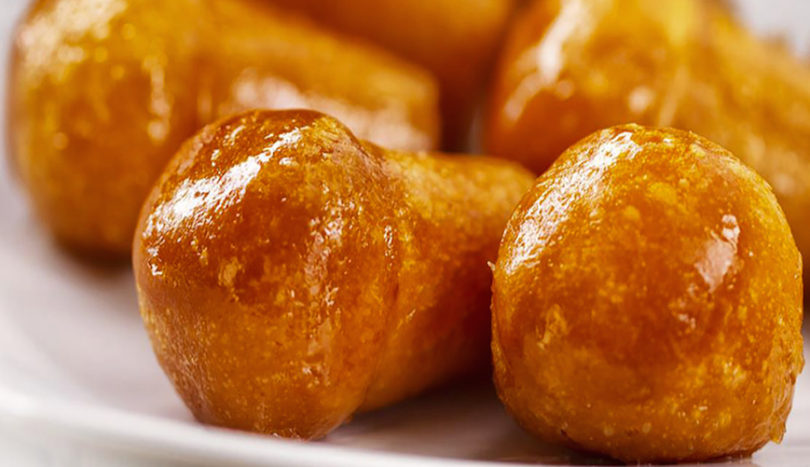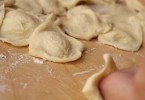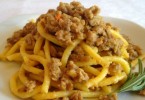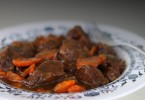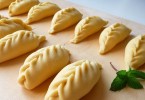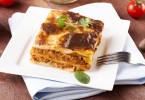Babà: a dessert rich in history
The Neapolitan Babà, the real dessert of the king, stands out among the specialities of the Neapolitan confectionery. Heady and soft, the Babà has a pretty curious history, which talk about an origin that crosses Poland, France and Italy.
Its birth is uncertain, like other desserts became European heritage of the confectionery: in fact it was born maybe by mistake or curiosity; its modern version that we appreciate today is the result of various hands and reworks occurred in the French courts and Neapolitan confectioneries.
The weird origin of Babà
It’s impossible to talk about the origin of Babà without mentioning Stanislao Leszczinski, a Polish king which table saw the birth of this dunked dessert.
Stanislao led Poland from 1704 to 1735, year in which he was overthrow by the new Great Tsar of Russia, Peter the Great. He was forced to move in the Lorrain Dukedom, where in his royal palace, the Babà was born. There are many version and legends about this moment: some people say that Babà, meant as the soft rise and dunk dough comes from the Kugelhupf, a typical Polish dessert, dry and rise, enriched with raisin; this kind of focaccia was simple and dry, thus the confectioners decided to enrich it with a sparkle of syrup and alcohol.
A more romantic version tells that Stanislao hits a bottle of Ruhm with the Kugelhupf dish, the former spilled on the dessert, dunking it and making it delicious.
Babà, from Lorrain to Paris up to Naples
So, there is an ancient Polish forefather but the Parisian and Neapolitan chefs transformed that primordial Babà in its today version. The Babà arrived in the Parisian cake shop also thanks to the fact that Stanislao was Maria’s father, wife of Luigi XV. The famous Parisian confectioner Nicolas Storher gave to the babà the typical mushroom-shape, using narrow cocottes during the cooking, that allowed the Babà to grow. Finally, the Parisian confectioners brought in Campania this dessert, given that they cooked in the rich Neapolitan families. Here the mushroom version took place, dunk in the sugar syrup and rum.
Babà, a Thousand and One Nights name
The history told that Stanislao himself gave the name to this dessert, dedicating it to Ali Babà, fascinating character of the story A Thousand and One Nights (The Arabian Nights). Another version tells that the name derives from the Polish word babka, which means the elder women’s flared skirt; its shape reminds to Stanislao a Babà.
The real Neapolitan Babà
After Stanislao’s chefs and the Parisien co nfectioners, the Neapolitans gave to the Babà the best shape and perfume. In Naples it reached its typical softness, the spongy consistency given by the liquid made of water, sugar and rum, and its typical shape, definitely the mushroom shape. In Naples, Babà is made with soft wheat flour, eggs, sugar, butter or lard and brewer’s yeast. After a long and double rising, it is cooked in the oven. Before eating it, you have to sparkle with the alcoholic and lemon flavoured sauce; its better to eat it neutral or cut in half and stuffed with whipped cream or custard.
nfectioners, the Neapolitans gave to the Babà the best shape and perfume. In Naples it reached its typical softness, the spongy consistency given by the liquid made of water, sugar and rum, and its typical shape, definitely the mushroom shape. In Naples, Babà is made with soft wheat flour, eggs, sugar, butter or lard and brewer’s yeast. After a long and double rising, it is cooked in the oven. Before eating it, you have to sparkle with the alcoholic and lemon flavoured sauce; its better to eat it neutral or cut in half and stuffed with whipped cream or custard.

